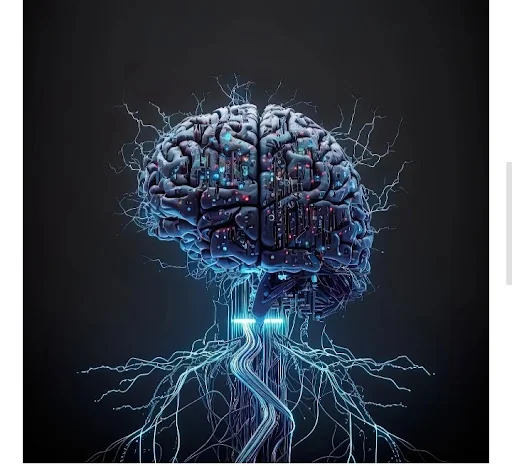USE OF NANOTECHNOLOGY IN ANTI AGING AND IMMORTALITY
A Comprehensive Review
Nanotechnology is revolutionizing the field of anti aging and even challenging the boundaries of immortality. This review will delve into the applications and potential advancements in using nanotechnology to combat aging and extend human life.
Step 1. Understanding Nanotechnology
Begin by explaining the fundamentals of nanotechnology focusing on its applications in medicine and its role in manipulating matter at the nanoscale.
Step 2. Nanotechnology in Anti-Aging
Discuss how nanotechnology is being used to combat the visible signs of aging such as wrinkles and sagging skin.
Explore nanoscale delivery systems for anti aging compounds like peptides and antioxidants.
Step 3. Cellular Rejuvenation
Dive deeper into the role of nanotechnology in rejuvenating cells and tissues.
Explain how nanoparticles can target and repair cellular damage enhancing skin elasticity and promoting a youthful appearance.
Step 4. Extending Lifespan
Shift the focus towards using nanotechnology to extend human lifespan.
Discuss the potential of nanoscale devices to repair and maintain our vital organs.
Explore the concept of nanoscale disease detection and prevention which can significantly increase lifespan.
Step 5 Ethical and Philosophical
Considerations
Acknowledge the ethical dilemmas surrounding immortality and the potential societal impacts.
Discuss the moral concerns related to altering the human lifespan with nanotechnology.
Step 6 Future Prospects
Highlight current research and developments in the field.
Discuss the challenges and barriers that must be overcome for widespread application.
Step 7. Summarize the key points discussed in the review.
Emphasize the immense potential of nanotechnology in anti aging and extending human lifespan.
Address the ethical concerns and emphasize the need for responsible research and application.
This approach will provide a comprehensive review of nanotechnology role in anti aging and immortality covering the science applications and ethical considerations.












Comments
Post a Comment
Thanks